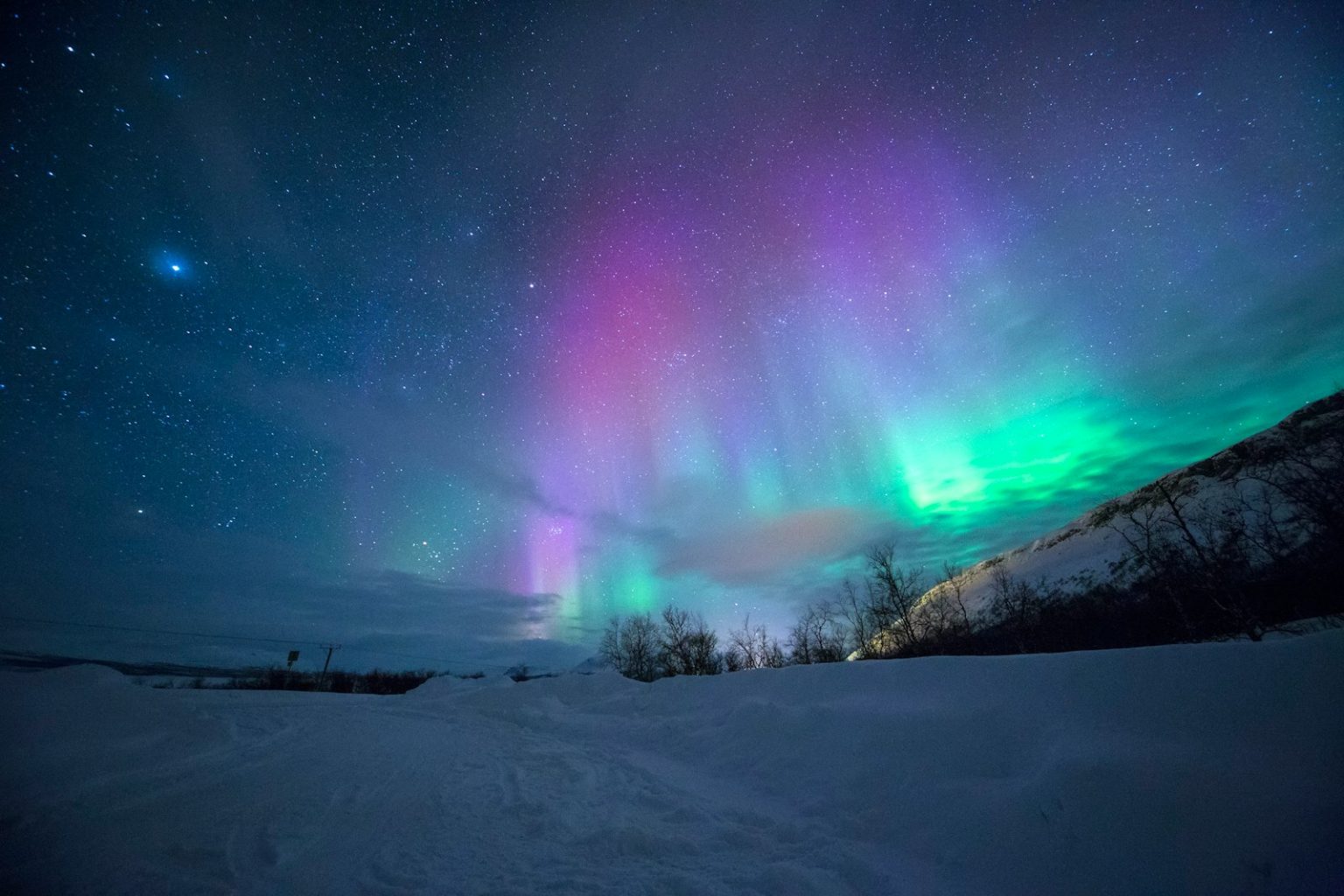Minor geomagnetic storms are expected to create conditions that could make the aurora borealis, commonly known as the northern lights, visible in parts of the northern United States. This natural light display, typically confined to regions closer to the Arctic Circle, may soon be observable in states along the U.S.-Canada border.
The National Oceanic and Atmospheric Administration’s Space Weather Prediction Center has forecast geomagnetic activity that could push the aurora’s visibility further south than usual. While these storms are classified as minor, they still have sufficient strength to create the atmospheric conditions necessary for the light display.
Understanding Geomagnetic Storms
Geomagnetic storms occur when solar wind—streams of charged particles from the sun—interacts with Earth’s magnetic field. These interactions can cause disturbances in the magnetosphere, the region of space dominated by Earth’s magnetic field.
Dr. James Williams, a space weather expert, explains: “Even minor geomagnetic storms can create beautiful auroral displays. When charged particles from the sun collide with gases in our atmosphere, they produce the colorful lights we see as the aurora.”
The intensity of geomagnetic storms is measured on a G-scale from G1 (minor) to G5 (extreme). The current forecast indicates G1 to possibly G2 (moderate) conditions, which is enough to bring the aurora to the northern United States potentially.
Viewing Opportunities
States that may experience aurora visibility include:
- Minnesota
- North Dakota
- Montana
- Washington
- Michigan’s Upper Peninsula
- Northern Maine
The best viewing conditions typically occur away from city lights, on clear, dark nights. The aurora may appear as faint green glows on the northern horizon or, if the geomagnetic activity intensifies, as more dynamic curtains of light.
“For the best chance to see the aurora, find a location with an unobstructed view to the north and minimal light pollution,” advises amateur astronomer Sarah Johnson. “The hours around midnight are often optimal, but during stronger storms, the lights can be visible earlier in the evening.”
Scientific Significance
These minor geomagnetic storms, while not disruptive to most technology, provide scientists with valuable data about solar-terrestrial interactions. Researchers monitor these events to understand space weather patterns better and improve prediction models.
The current solar cycle, known as Solar Cycle 25, has been showing increased activity, which explains the recent uptick in geomagnetic events. As the cycle progresses toward its maximum, expected in the next few years, aurora sightings at lower latitudes may become more frequent.
Space weather agencies continue to track solar activity, including coronal mass ejections and solar flares, which can trigger these geomagnetic storms. Advanced warning systems now provide forecasts several days in advance, allowing aurora enthusiasts to plan viewing opportunities.
While these minor storms pose no significant threat to ground-based infrastructure, they serve as reminders of our planet’s complex relationship with the sun and the dynamic nature of space weather.
Weather conditions will play a crucial role in visibility, with clear skies essential for observing the phenomenon. Those interested in viewing the aurora should monitor both space weather and local weather forecasts in the coming days.







